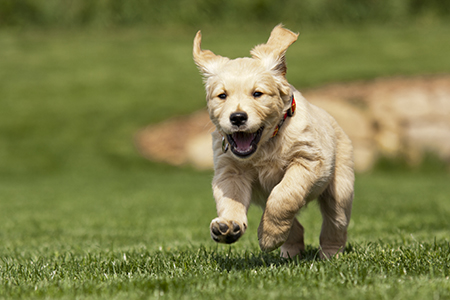 The team have devised a way to manufacture high-performance veterinary implants from titanium using 3D printing
The team have devised a way to manufacture high-performance veterinary implants from titanium using 3D printing
A spin-out company from the University of Liverpool is set to expand its use of 3D printing to produce surgical implants for dogs.
Rupture of the canine cranial cruciate ligament (CCL) remains the most common orthopaedic problem seen in veterinary practices around the world and can cause knee pain and lameness.
CCL surgery involves a portion of bone being removed from the tibia to allow the restructuring of the angle of the knee joint, which is subsequently held in place by an implant.
Latest 3D printing techniques
New investment from The North West Fund for Venture Capital, managed by Enterprise Ventures, will allow Fusion Implants to produce veterinary implants using the latest 3D printing techniques.
The Fusion Implants team have devised a way to manufacture high-performance veterinary implants from titanium using 3D printing, or additive manufacturing as it is also known.
Fusion Implants’ patented technology allows the mass manufacture of porous titanium material. This encourages the animal’s bone to grow into the implant, forming a natural bond and considerably improving performance.
The company brings together Dr Chris Sutcliffe and Dr Dan Jones from the School of Engineering and their colleague Rob Pettitt from the School of Veterinary Science. Fusion Implants will use the funding to roll out its current product, employ a design engineer and finance new product development.
Dr Jones, General Manager, said: “The use of 3D printing gives greater design freedom than conventional manufacturing techniques and also allows us to combine solid and porous sections for optimum strength and biological performance.
Next generation of animal implants
“Our future plans include working closely with our veterinary surgeon customers to provide the next generation of animal implants. In particular we will be working on a range of hip implants to suit specific breeds.”
Mechanical engineer, Dr Chris Sutcliffe said: “The investment detailed here represents an excellent example of what university translational research and development can achieve.
“Without the continued support of the School of Engineering and Veterinary science in particular the foresight and bravery of our school heads”Ž and intellectual property operations team, we would not be in this excellent position.”
